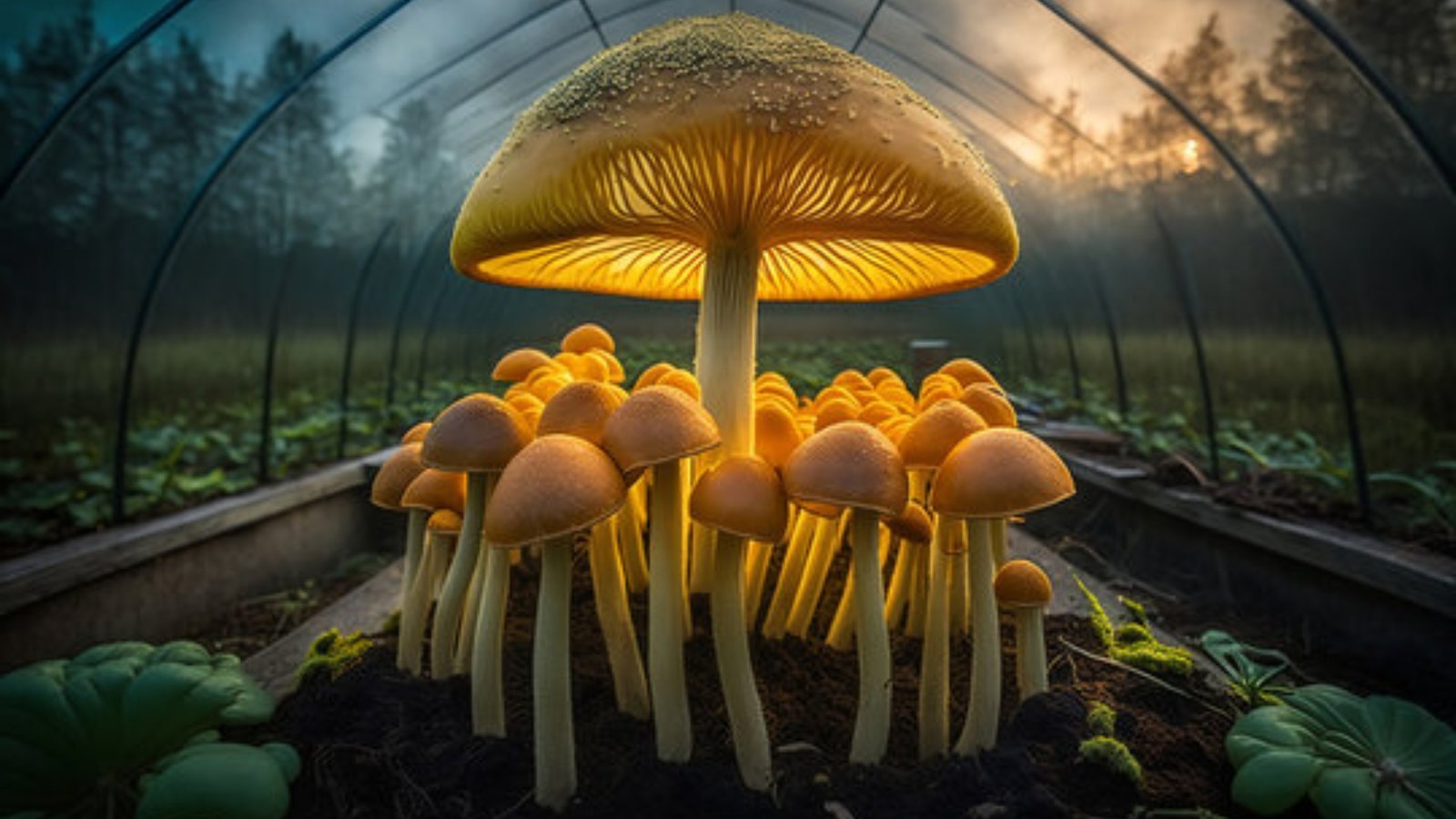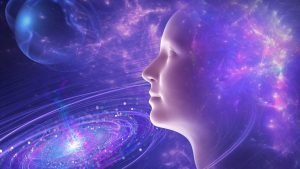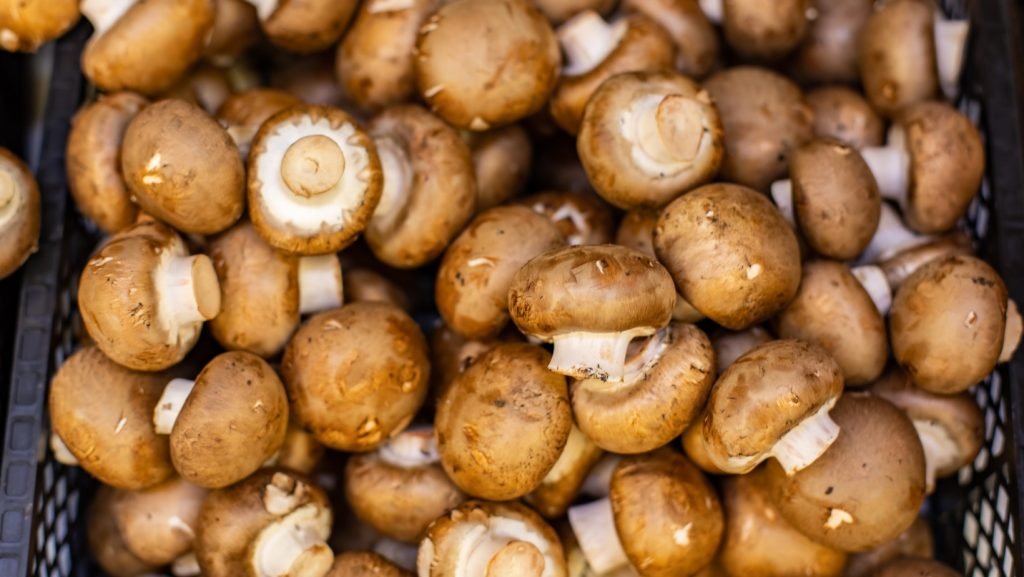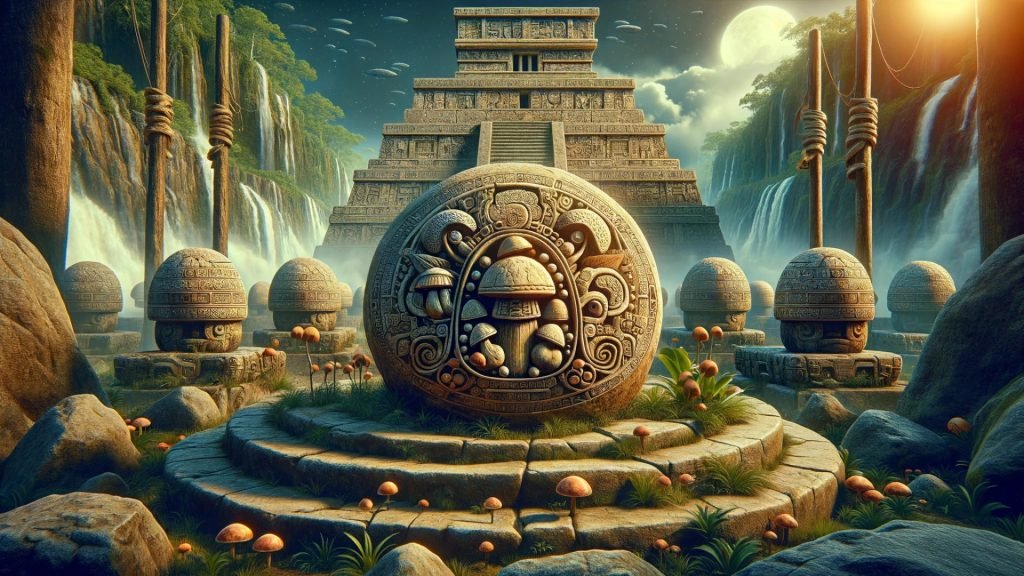This detailed and captivating article provides a comprehensive and step-by-step guide for beginners interested in cultivating mushrooms at home. From setting up the perfect growing space to harvesting your own flavorful fungi, you’ll gain the knowledge and skills to embark on a fulfilling mushroom cultivation journey.
Welcome to the enchanting world of home mushroom cultivation! Whether you’re a curious foodie looking to elevate your culinary creations or a nature lover fascinated by the wonders of fungi, this beginner’s guide is here to help you unlock the secrets of growing your own delicious and nutritious mushrooms. By following these techniques, you’ll soon be harvesting an array of flavors and experiencing the satisfaction of cultivating your own bountiful harvests.
Setting up the Cultivation Space:
Creating an optimal environment for mushroom growth is a vital first step on your cultivation journey. Imagine a space brimming with anticipation, where your mushrooms can flourish and reveal their true potential. Begin by selecting a suitable location—a grow tent, room, basement, or even a closet—that offers control over temperature, light, and humidity. Create a sense of magic by transforming your chosen space into a mushroom haven, complete with shelves, grow tents, or terrariums. While light may have minimal direct effects on mushroom growth, consider providing indirect or ambient light to allow for easy observation and maintenance of your growing mushrooms. Remember, your mushrooms thrive when they’re surrounded by an ambiance that whispers of their natural habitats.
Focus on controlling temperature and humidity, as these factors play a significant role in the success of your cultivation. Aim for a temperature range suitable for the specific mushroom species you are cultivating, as each variety has its preferences. In general, mushrooms thrive in temperatures ranging from 60°F to 78°F (15°C to 24°C). Use a reliable thermometer to monitor the temperature and make adjustments as necessary.
Humidity is another crucial factor for mushroom cultivation. Mushrooms require a humid environment to support proper growth and development. Maintain humidity levels between 80% and 100% throughout the different stages of cultivation. This can be achieved by misting the growing area regularly or using a humidifier. Ensure proper air circulation to prevent the buildup of stagnant air and to promote gas exchange.
By focusing on providing the optimal temperature and humidity conditions, you will create a nurturing environment where your mushrooms can thrive and achieve their full potential.
Substrate Preparation:
The substrate, the nourishing medium that fuels mushroom growth, is the canvas upon which the mycelium weaves its intricate network. Discover the artistry of substrate preparation as you experiment with various materials such as straw, sawdust, coffee grounds, or even spent brewery grains – so many options to choose from! Each substrate brings its own unique qualities and flavors to the table. Dive into the alchemy of transforming these materials into a nutrient-rich blend that serves as a foundation for your mushrooms’ journey. Learn the secrets of sterilization or pasteurization, ensuring a clean canvas for your mycelium to thrive. Explore the mysteries of supplementing your substrate with nutritional additives, such as gypsum or bran, to enhance the growth and vigor of your mushroom cultures.
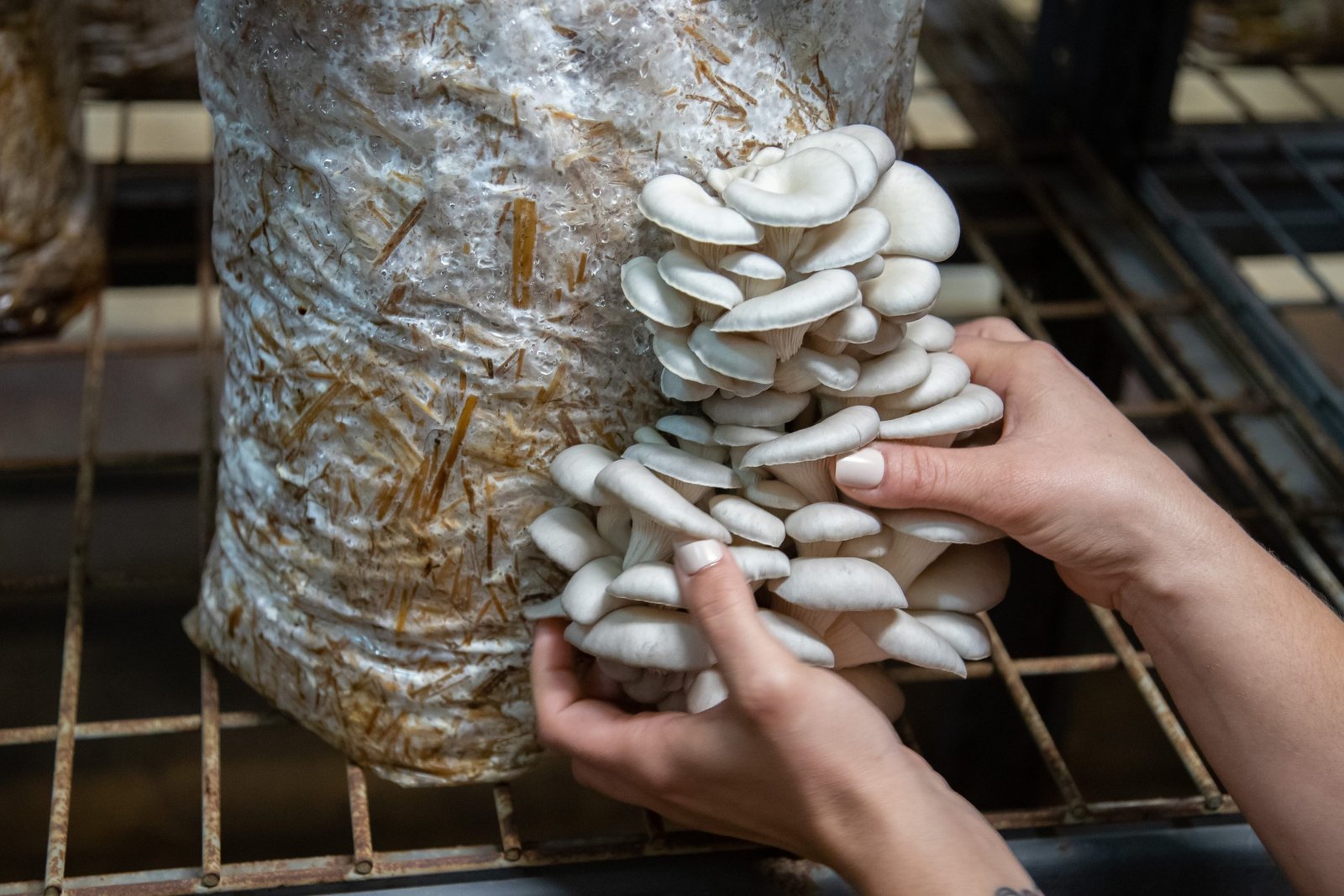
Inoculation Methods:
The moment has arrived to introduce your chosen mushroom strains to the prepared substrate, igniting a symphony of mycelial growth. Embrace the various inoculation techniques available to you, each with its own allure and possibilities. Dive into the ancient art of grain spawn, where kernels of life burst forth with vitality, eager to colonize their new home. Or perhaps explore the ethereal realms of liquid culture, where suspended mycelium dances within a nutrient-rich elixir. Witness the magic of agar plates, where individual mycelial threads spring to life and multiply, forming a tapestry of potential. Immerse yourself in the ritual of inoculation, knowing that with each step, you are fostering the birth of an intricate fungal ecosystem. There are several popular methods to embark upon this transformative stage of the cultivation process.
- Grain Spawn: Grain spawn is a popular and versatile method used for inoculating substrates. Begin by sterilizing or pasteurizing a nutritious grain, such as rye or millet. After cooling, introduce the mushroom culture—usually in the form of mycelium-covered grains—into the sterilized grains. The mycelium will colonize the grains, creating a robust and ready-to-inoculate spawn. When the grain spawn is fully colonized, it can be mixed with your prepared substrate, providing a rapid and reliable way to propagate the mushroom mycelium.
- Liquid Culture: Liquid culture offers a fascinating and efficient way to inoculate substrates. Start by sterilizing a nutrient-rich liquid medium, such as malt extract or potato dextrose broth. Once cooled, introduce a small piece of mycelium or spores into the liquid culture medium. The mycelium will thrive and multiply within the liquid, creating a concentrated source of inoculum. Using a sterile syringe, the liquid culture can be injected directly into the prepared substrate, allowing for precise and even distribution of the mycelium.
- Agar Plates: Agar plates provide a captivating visual representation of mycelium growth and serve as a valuable tool for isolating and expanding pure mushroom cultures. Begin by pouring a sterilized agar mixture—composed of nutrients and a gelling agent—into sterile petri dishes. After the agar solidifies, transfer a small section of mycelium or spores onto the surface of the plate. Under controlled conditions, the mycelium will expand, colonizing the agar and creating a network of growth. Sections of colonized agar, known as agar wedges or transfers, can be used to inoculate the substrate. By transferring the agar wedge to the prepared substrate, the mycelium will extend its reach and initiate the colonization process.
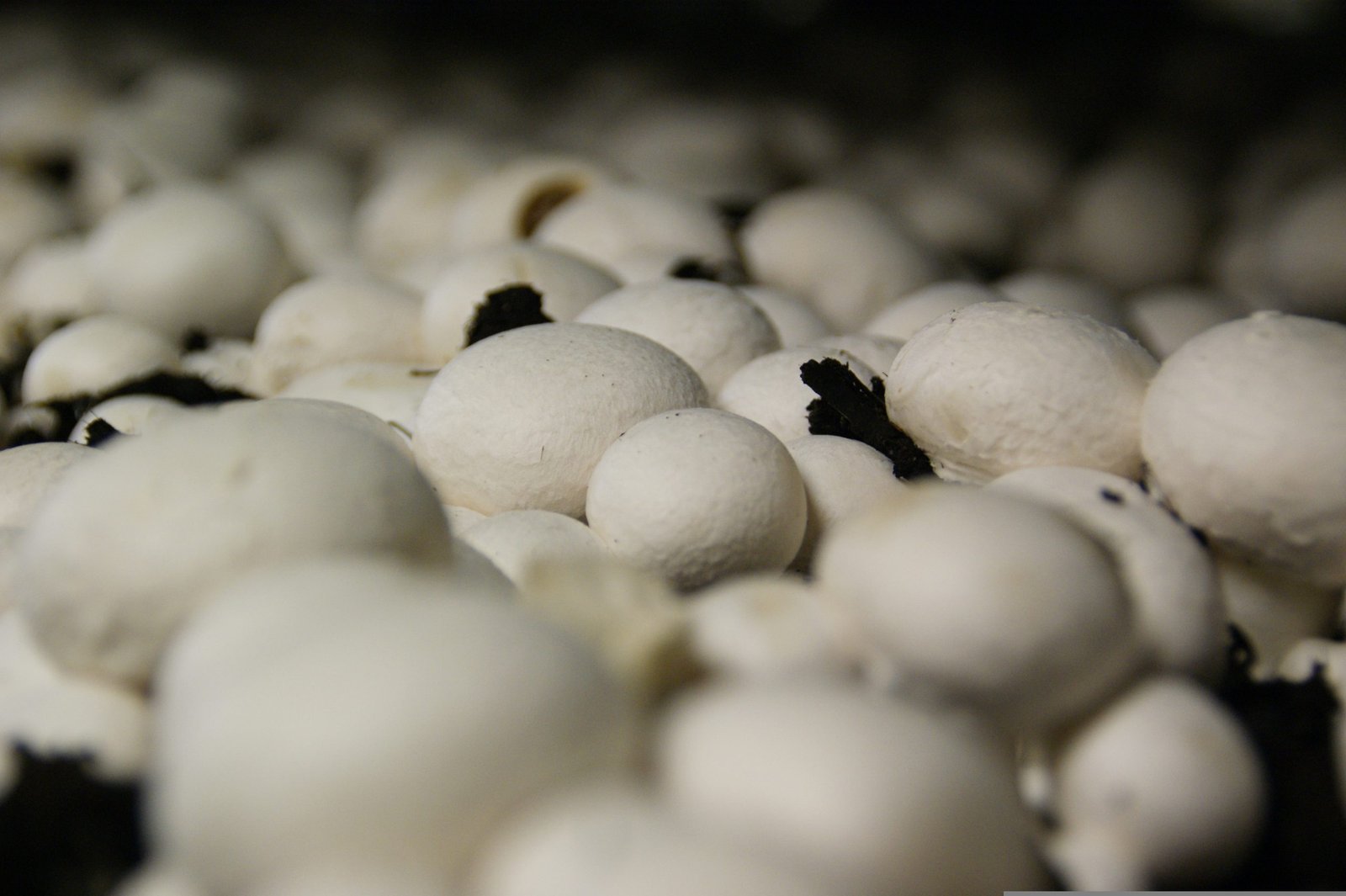
Fruiting Conditions:
As your mycelium weaves its intricate web within the substrate, the anticipation builds for the arrival of the fruiting stage. Now is the time to embrace your role as a guardian of the ideal environment, a curator of conditions that coax the mushrooms into existence. Observe as they respond to the subtle cues you provide—a delicate balance of temperature, humidity, fresh air exchange, and light. Step into the realm of misting, nurturing your growing mushrooms with gentle sprays that mimic the cool embrace of a misty forest morning. Engage in the ancient dance of fanning, encouraging air movement that whispers of the winds in nature, stimulating healthy growth and development. Consider the allure of a fruiting chamber—a haven of controlled microclimates where your mushrooms can thrive and reveal their captivating beauty. Providing optimal fruiting conditions is crucial for encouraging robust and healthy mushroom growth.
- Temperature: Different mushroom species have varying temperature preferences for fruiting. It’s essential to research the specific temperature requirements for the species you’re cultivating. Typically, a drop in temperature by a few degrees initiates the fruiting process. Monitor the temperature carefully and adjust as needed to maintain the ideal fruiting conditions.
- Humidity: Mushrooms thrive in environments with elevated humidity levels. To achieve the necessary humidity, you can mist the growing area with clean water or use a humidifier to maintain a consistently moist environment. Aim for a humidity level of around 90% to 95% during the fruiting stage. Proper humidity not only facilitates the development of mushroom caps but also helps prevent premature drying and promotes optimal spore production.
- Fresh Air Exchange (FAE): Providing fresh air exchange is crucial to support healthy mushroom growth. Oxygen is vital for mycelial development and the formation of sturdy mushroom structures. You can achieve fresh air exchange by fanning the growing area periodically or using an automated ventilation system. Strike a balance between allowing adequate airflow and avoiding excessive drafts, as mushrooms can be sensitive to sudden changes in airflow.
- Light: While mushrooms don’t require direct sunlight for growth, they do require some light exposure to trigger certain biological processes. Indirect natural light or artificial lighting in the blue spectrum can be beneficial for fruiting. Aim for around 12 hours of light per day, maintaining a gentle and diffused illumination. Avoid exposing mushrooms to direct sunlight, as it can lead to excessive drying or heat stress.
Harvesting Techniques:
As the fruits of your labor emerge from the depths of the substrate, anticipation reaches its peak. The moment has arrived to savor the rewards of your efforts. Learn the art of the harvest—a delicate dance of timing, technique, and reverence. Engage your senses as you discern the perfect moment for each mushroom variety—when caps are plump, gills are rich with spores, and the aroma fills the air. Embrace the joy of delicately twisting each mushroom free from its mycelial home, ensuring minimal damage and preserving the flavors within. Experience the satisfaction of a well-executed harvest, as your baskets overflow with a diverse array of shapes, colors, and textures.
- Timing: Harvesting at the right moment is essential to capture the full potential of your mushrooms. Different species have specific indicators of maturity, such as fully opened caps or mature gills. Monitor your mushrooms closely and harvest them just before they begin to release spores. At this stage, the mushrooms are typically at their prime in terms of flavor, texture, and nutritional value.
- Technique: To harvest mushrooms, gently twist or cut the stems close to the substrate surface using clean and sterile tools. Handle the mushrooms with care to avoid damaging the delicate structures. Leaving behind a small portion of the stem attached to the substrate helps stimulate subsequent flushes of mushrooms, increasing the overall yield.
- Preservation: If you’re not consuming the harvested mushrooms immediately, proper preservation is crucial to maintain their quality. Store them in a clean and breathable container, such as a paper bag or a loosely closed plastic container lined with paper towels. Refrigerate the mushrooms to slow down their metabolism and extend their shelf life. Consume them within a few days for the best culinary experience.
By mastering the art of inoculation, creating optimal fruiting conditions, and employing proper harvesting techniques, you’ll witness the full cycle of mushroom cultivation—from the humble beginnings of mycelial colonization to the exquisite bounty of harvested mushrooms. Embrace the journey with patience, curiosity, and a sense of wonder as you unlock the secrets of the fungal realm and cultivate your own gastronomic delights.
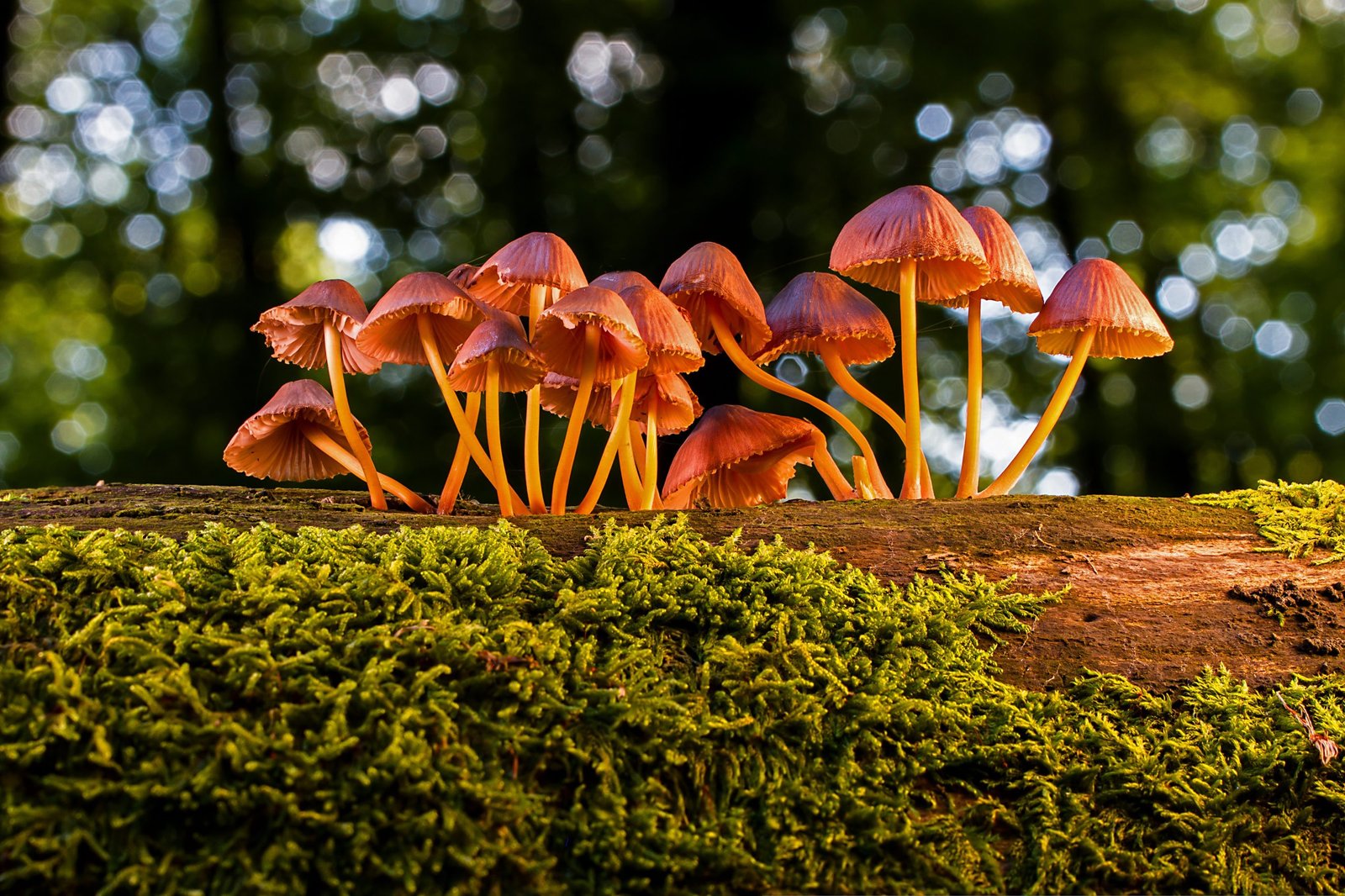
Enhancing Your Mushroom Cultivation Experience with the 🍄 Mushroom Network:
As you delve deeper into the world of mushroom cultivation, the 🍄 Mushroom Network beckons, offering a vibrant community of fellow mycophiles and an array of resources to enrich your journey. Seamlessly connect with other mycologists, share knowledge, and engage in thought-provoking discussions on the vast realm of fungi. Explore the Marketplace, a treasure trove where mycologist vendors showcase their carefully crafted spawn, substrates, and cultivation supplies, allowing you to source high-quality materials for your future projects. Let the 🍄 Mushroom Network be your guiding companion, nurturing your passion for mycology and opening doors to endless possibilities.
As you take your first steps into the captivating world of home mushroom cultivation, remember that you are embarking on a journey of discovery, creativity, and connection. Through patient observation and dedicated care, you will witness the miracle of life unfolding before your eyes. Embrace the challenges and triumphs along the way, knowing that with each harvest, you are deepening your understanding of the intricate dance between fungi and the natural world. Let the 🍄 Mushroom Network be your guide, supporting you as you cultivate your own edible marvels and explore the vast potential of the fungal kingdom. So, gather your tools, nourish your curiosity, and embark on this enchanting adventure into the heart of mycology. The world of home mushroom cultivation awaits, ready to reveal its secrets and delights.
Recommended Reads:
Journeying the Outer Realms: Psychedelic Mushrooms and the Path to the Higher Self
The exploration of consciousness and the journey toward a higher self is a quest as...
Read More...Unlocking the Nutritional Secrets of the Chestnut Mushroom
Step into the world of Pholiota Adiposa, commonly known as the Chestnut Mushroom, a gastronomic...
Read More...Mycelial Mayhem: A Humorous Look at the Chaos of Mushroom Labs
The journey of a mycology enthusiast is seldom without its humorous pitfalls. Whether it’s mislabeled...
Read More...Pink Oyster (Pleurotus Djamor)
Scientific Name: Pleurotus Djamor COMMON NAME(S): Pink Oyster | Salmon Oyster | Indian Oyster |...
Read More...Whoa there, Spore Sport! 🍄 Looks like you’re not logged in yet. Don’t you know what you’re missing? MYCO-CREDITS! Imagine all the fungal fun you could have. It’s like finding a Morel in May and not picking it. Tragic, right? Log In or Become a Myco-Patron and start racking up those credits. It’s more rewarding than finding a mushroom in your backyard! 🌟🏡

